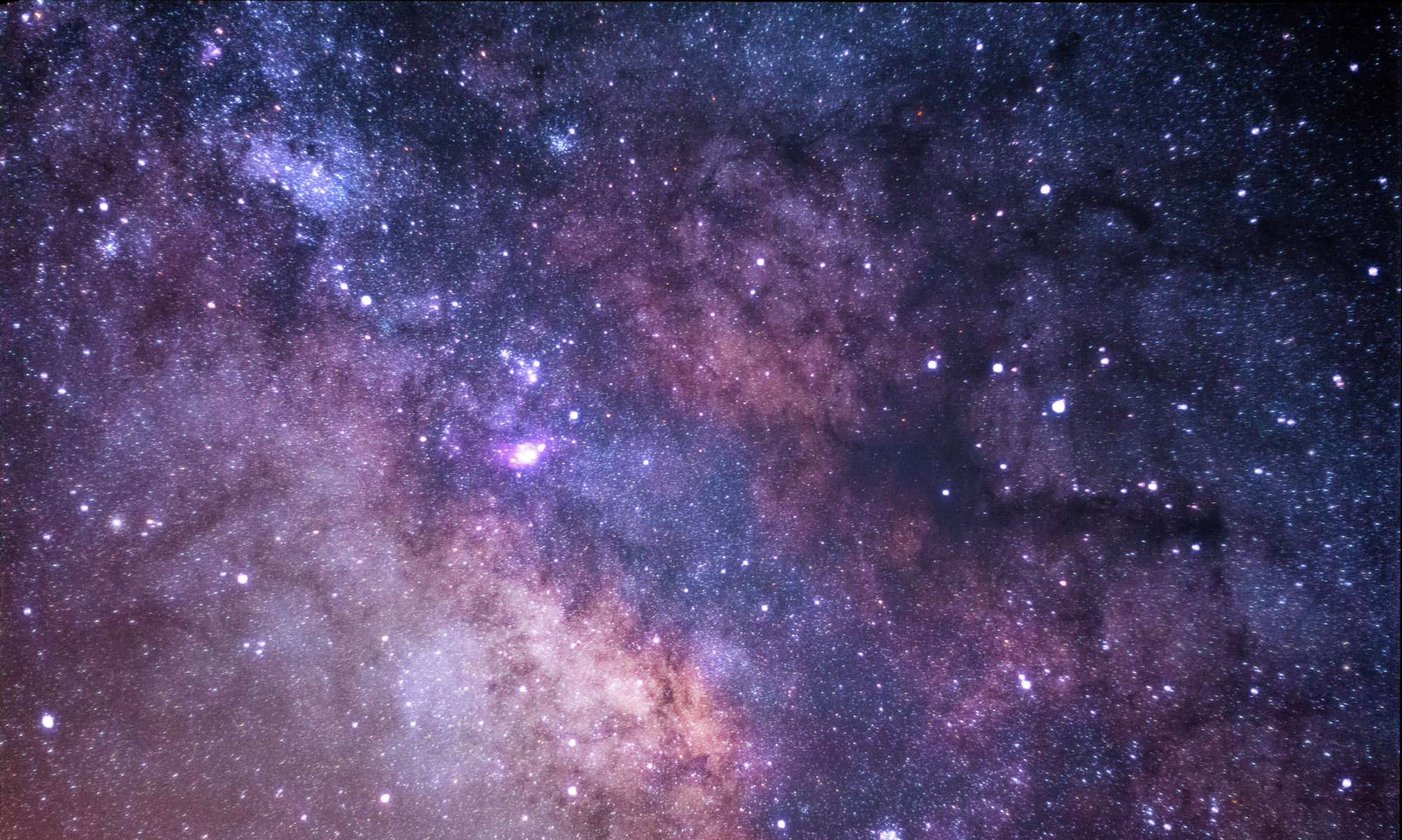In Sanatana Dharma, human life is viewed as a continuous whole in which the past, present, and future are interlinked with each other. Our actions (from past and current births) determine our results (for the current and future births). Karma is defined as both action and the results of an action. If life is based on our Karma and we are free to create our own destiny, what then is the role of the planets in Astrology? Planets or Grahas, as they are referred to in Vedic Astrology, are said to only influence and not determine our life. What ultimately happens is said to be a combination of the planetary influences and our own actions. While this is helpful, it certainly begs for more clarity.
There are four types of Karma:
Sanchita Karma
The is the balance sheet of all good and bad actions accumulated over past births.
Prarabdha Karma
It is said that the accumulated Sanchita Karma is too vast to be experienced in one lifetime. Only a portion of it is assigned to the native to experience in this current life. This is Prarabdha Karma and is seen in the native’s astrological charts. This is essentially the balance sheet that one starts with at the time of birth. There are also different levels of magnitude of Prarabdha Karma. Based on planetary positions in the natal and horary charts, we can determine the strength of these influences. These are broadly classified into three types: Fixed (Dhrida), Changeable (Adhrida), Mixed (Dhrida-Adhrida). Fixed Karma represents those influences that are too strong for an individual to overcome. Changeable Karmas refer to those influences that are easily changed with effort and remedies. And Mixed Karmas, as the name suggests, is a mid-way between the two. When using astrology for predictive purposes, it is important to see if there are any Fixed Karmas in the chart. When such Karma is present, the native will experience the ascribed favorable or unfavorable results no matter what their actions are during that period. The time has come to either reap the fruits of good karma or pay off the debt of bad karma. There is no escape. In the case of an unfavorable period, the only option for the native is to surrender to the will of God and allow the Karma to burn away. Resistance will simply lead to more suffering.
Kriyaman Karma
This is the part that deals with our free will – our ability to perform new karma in our response to situations no matter what they are. Even if the native is experiencing an unfavorable period, they can still decide how to respond to it. If they continue to perform good actions, they will definitely experience the results for the same either in the current lifetime or in a future birth. If they surrender and perform actions bereft of the sense of I-doership, then they will not even accumulate karma. Because even good karma done with the sense of I-doership might require additional births so that you can experience the good results for the same. To make better predictions, the astrologer must also consider the Kriyaman Karma performed by the native. This is where the horary (Prasna) chart is useful. The chart cast at the time of the native’s query offers the latest karmic balance sheet, accounting for both the Prarabdha Karma from past lives and the Kriyaman Karma performed in this life.
Agami Karma
This part also deals with free will but represents those actions/results that are coming in the future as a result of current thoughts. For example, let’s say that you need to go shopping and it’s raining heavily which is much to your displeasure. You cannot wish this rain away. You can perform the Kriyaman Karma of taking an umbrella with you and the Agami Karma of planning to go shopping in the future only after checking the weather forecast for the day.
As such, there is sufficient free will in our lives to help us chart our journey for the present and the future. The goal of astrology is to give the native an insight into their karmic balance sheet and the purpose of their current life, all in order to lead to greater self-awareness, self-development, and ultimately self-realization.


